Tel Aviv boasts that it’s one of the gayest cities in the world, despite being in a region not known for its acceptance of homosexuality
Travel editor Markus Bidaux visited the Middle Eastern city which is set to host Eurovision this year
By Steve Brown
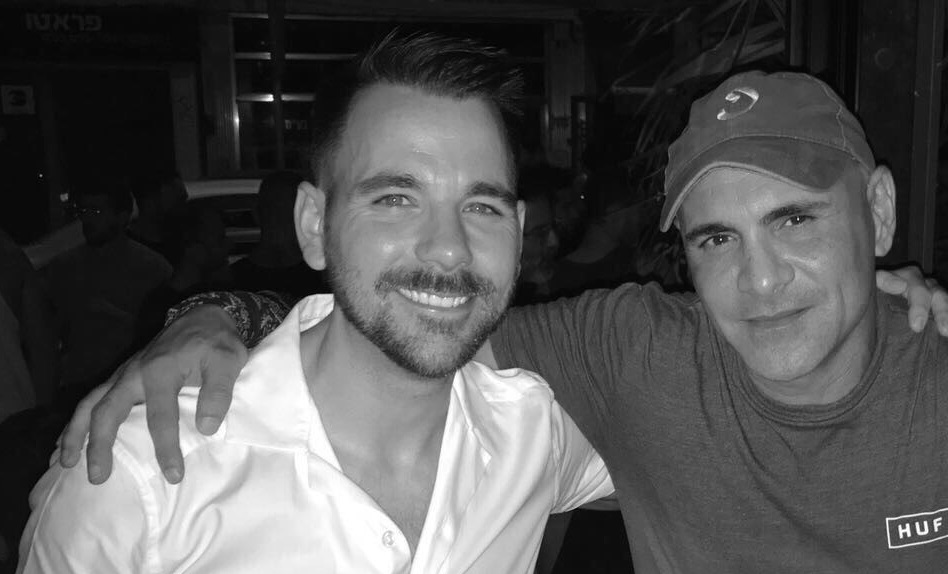
This article first appeared in Attitude 292 February travel special issue.
The Middle East isn’t the most obvious choice of destination for a gay traveller but I’ve been three times.
Egypt, Dubai and Oman gave me varying degrees of enjoyment, but each time I felt uncomfortable: I had to watch what I said and was wary of looking at people a certain way because at best homosexuality is socially unacceptable — if not illegal.
But for years I’d seen Tel Aviv — with images of hot, shirtless hunks posing on a stretch of golden, sandy beach — promoted as a haven for gay men. So, last summer, I finally gave in to temptation and set off for Israel.
After arriving in the city, I meet Shimon Shirazi, the godfather of Tel Aviv’s gay club scene. His company, FFF Group, has been hosting LGBT+ parties for 20 years, working with the likes of Boy George, Erasure and the Pet Shop Boys.

We catch up with each other at Shpagat, a cool gay bar that has a concertina frontage so the crowd can spill out on to the pavement and the warm night air can circulate through the venue.
Above the cocktail bar, a DJ spins a mix of Western pop songs and Arabic dance hits.
Over drinks, Shimon tells me he was born and raised in Tel Aviv and explains: “In the past 16 years [the attitudes to gay people] have totally changed and now it is one of the best cities in the world. I hosted the first gay party in Tel Aviv, inspired by my trips to Trade and Heaven in London in the Nineties.”
Tel Aviv’s first Pride event — little more than a gathering in Rabin Square — was held in 1979 but there wasn’t to be a full-blown parade for another 18 years.
Shimon, then in his early twenties, tells me he had a lot to fight for at the time and that Pride was more political than it is nowadays.
Israel now has similar levels of LGBT+ rights as we have in the UK and the number of participants attending Pride has mushroomed from 10,000 in 1997 to nearly 200,000 in 2017.
And Shimon is responsible for one of the main reasons so many tourists flock to Tel Aviv Pride each year; I’m told his annual beach party at the end of the parade route is like a mini music festival.
But, according to him, not all of Israel is a gay paradise.
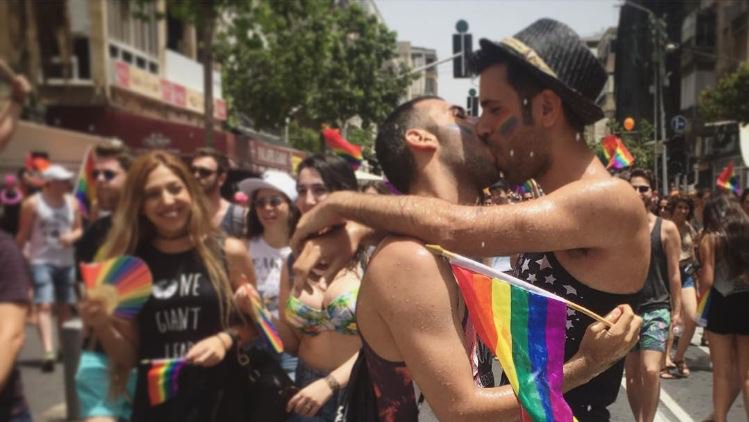
“If you are outside Tel Aviv it is harder for you if you are gay. When you are 18, if you want to be gay you go to Tel Aviv because outside the city it is very orthodox,” he explains. “Here we show them how to live without oppression.”
That said, the people couldn’t be more proud of their country. When a lesbian friend of Shimon sits down with us, she is horrified to hear I’m planning to spend my whole visit in Tel Aviv, which is Hebrew for Hill of Spring.
She offers to drive me to the Dead Sea and Jerusalem. Sadly, I don’t have time to take her up on the offer.
As we leave the bar, Shimon proclaims: “Everyone in Tel Aviv is gay. Even the straights are gay.”
As he howls with laughter, I know this is alcohol-fuelled hyperbole, but the city has earned its place on the list of the gayest cities in the world; it isn’t uncommon to see queer couples holding hands in public and the whole city feels very safe to this gay tourist.
Over the following days I spend my free time visiting Jaffa, the oldest section of Tel Aviv, which dates back to 7500BC.
Today, its stone towers and walls are home to shops and restaurants, but it still stands in stark contrast to the rest of the city’s modern architecture.
I visit the trendy Neve Tzedek neighbourhood, which is full of avant-garde design stores, shops and galleries, ranging from quirky to high-end.
I also stroll down Shenkin Street, where Shimon lived during his twenties when it was the epicentre of the gay neighbourhood — before the gays took over the whole city!
Several of the street’s shops have rainbow flags above their doors. I visit Carmel market, where everything from clothes and ceramics to exotic produce and traditional baked goods are sold.
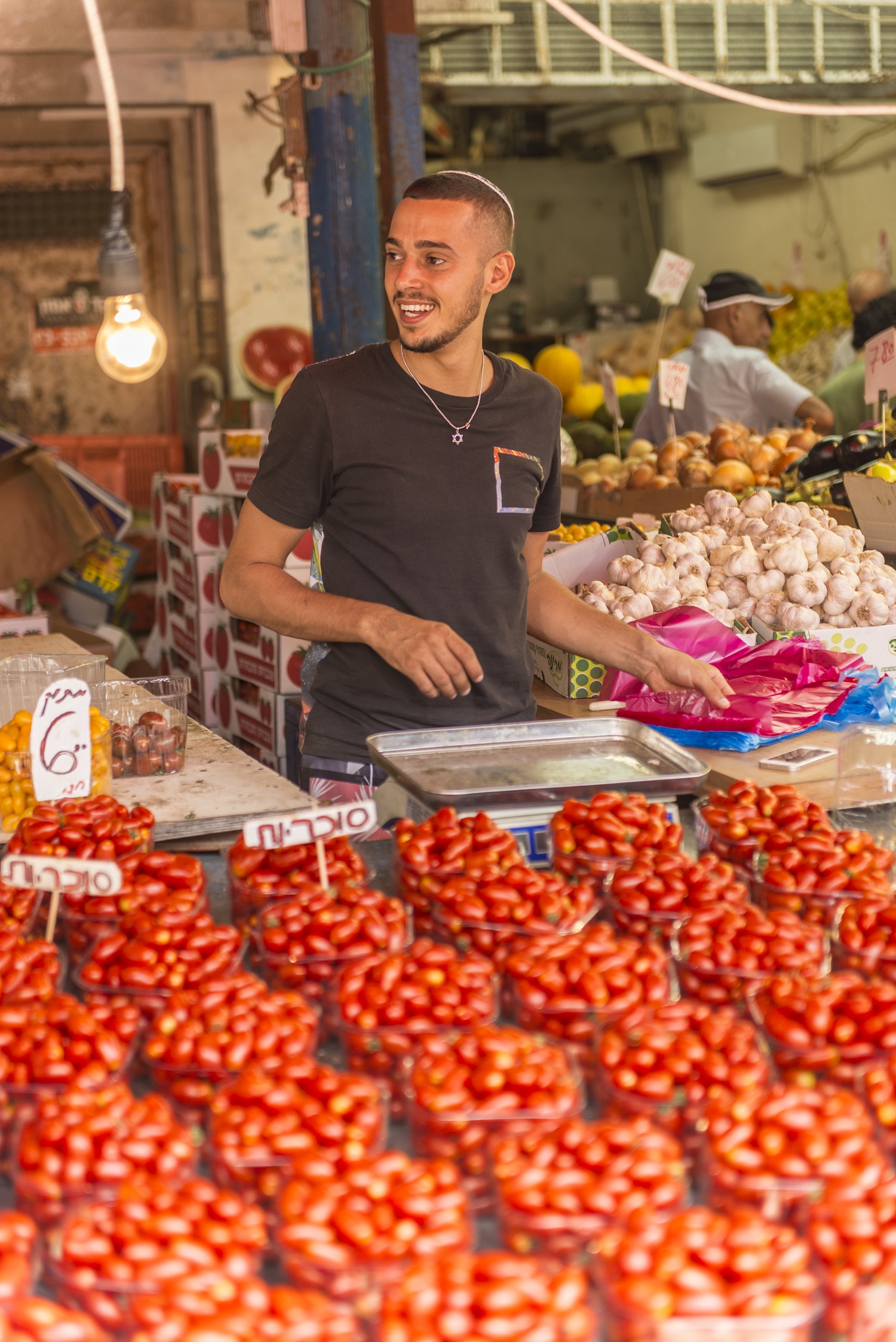
In the middle of the market, almost hidden behind two vegetable stands, is HaCarmel. You can spot the restaurant thanks to the two stained-glass windows featuring the Star of David above the entrance.
Inside I found Judaic texts and religious books lining walls that are inspired by synagogues. There is no menu because all they serve is hummus with a choice of pickles, fava beans, boiled eggs or chopped onions.
But when the food is as good as it is here, there’s no reason to serve anything else. We move on to Hilton Beach, in the shadow of the hotel of the same name, which Shirazi describes as the “Temple of the Gays”.
In the Nineties this was a cruisy spot, with a wooded area for men to hook up. But that has been demolished and the beach itself is more family-oriented these days.
I’m advised to return in the afternoon because the local gay men sleep in after their late nights out, but am told I’ve timed my break badly — most of the beach’s regulars are at weekend circuit parties in Barcelona.
Nonetheless, I brave the scorching hot sand to check it out. Although there are a few groups of gay men, I see mainly families but there’s no harm in spending a couple of hours relaxing in the sun, with a cold drink.
As I walk back along the seafront in the late afternoon, I see numerous games of beach volleyball, shirtless skateboarders whizz by me on the pavement, and I hear the plonking sound of people playing matkot – a tennis-style beach game that’s hugely popular here.
The promenade runs along three miles of beach from Jaffa in the south to the port in the north, and is great for people-watching.
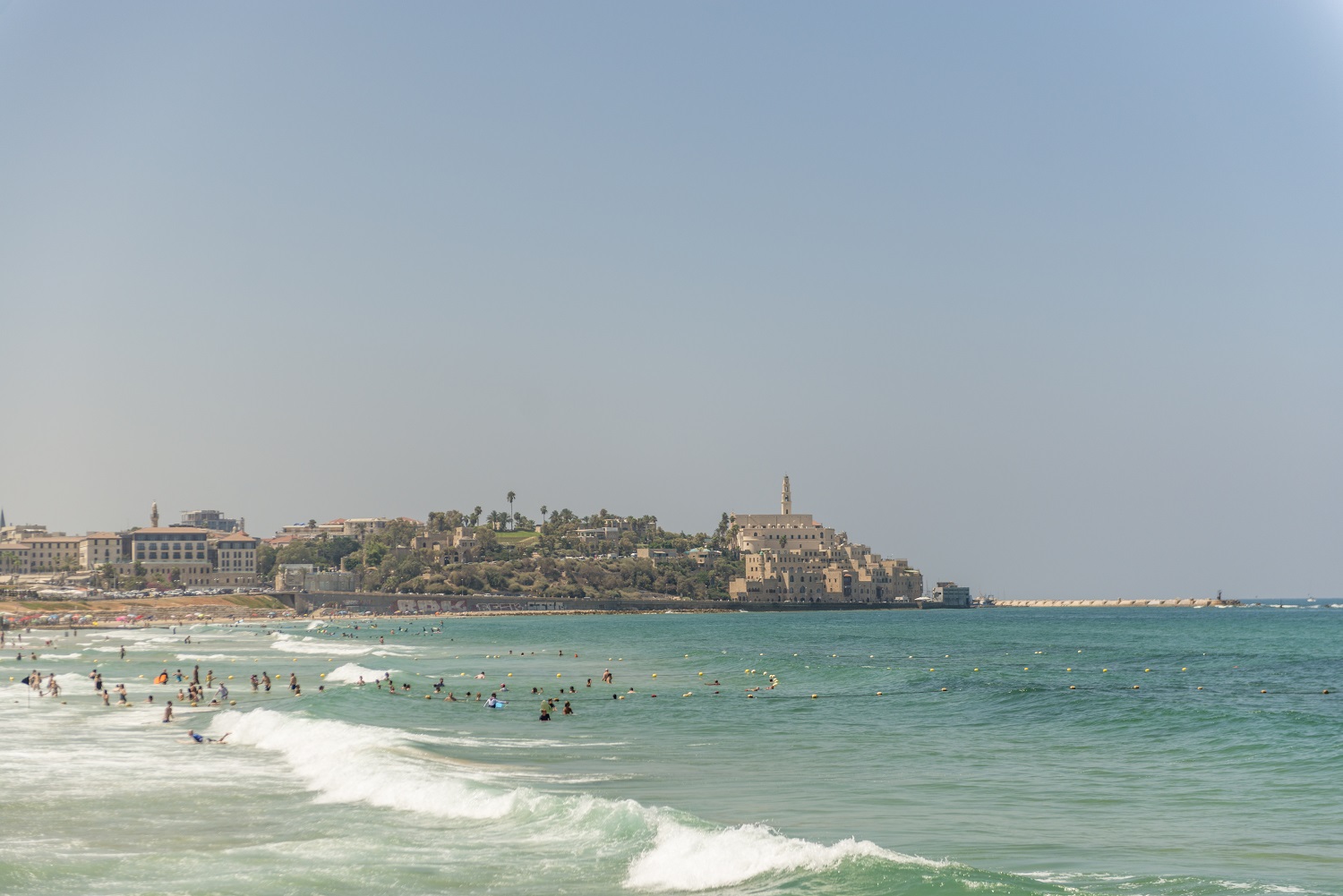
On my second night, I meet Shimon after he’s had the Friday night Shabbat dinner with his family. We jump into a cab at midnight and he takes me to Arisa, a gay night held at Haoman 17, the biggest club in Israel.
All the staff hug Shimon and we breeze in, leaving me in no doubt that he is the godfather of the Tel Aviv scene. The music hits me first; this isn’t made up of your typical gay club anthems, but Arabic and Hebrew dance tunes.
While it’s foreign to me, it’s easy to dance to. Around the packed dancefloor are stairs to multi-tiered levels where I mingle with a local crowd, and a huge screen on one wall of the club plays old black-andwhite movies, as spotlights in the ceiling flash and change colour.
The atmosphere is friendly and I could happily dance for hours but Shimon is keen for me to see more of the scene. We take another taxi to bi-weekly club night, Pag, hosted in a smaller venue.
It has one packed room playing intense electronica, and another room with a more relaxed indie-dance vibe. The crowd is more mixed than at Arisa with costumed queers rubbing shoulders with bearded hipsters.
We dance until I’m too exhausted to move my feet and just about manage to make it back to my hotel.
Tel Aviv is every bit as liberal as its reputation suggests, with people who are incredibly welcoming. It’s reassuring to find a place that leaves me feeling so relaxed within a region that can seem as if it’s brimming with hatred towards the LGBT+ community.
With a flying time of about five hours from the UK, I may just return for Pride and Shimon’s beach party.
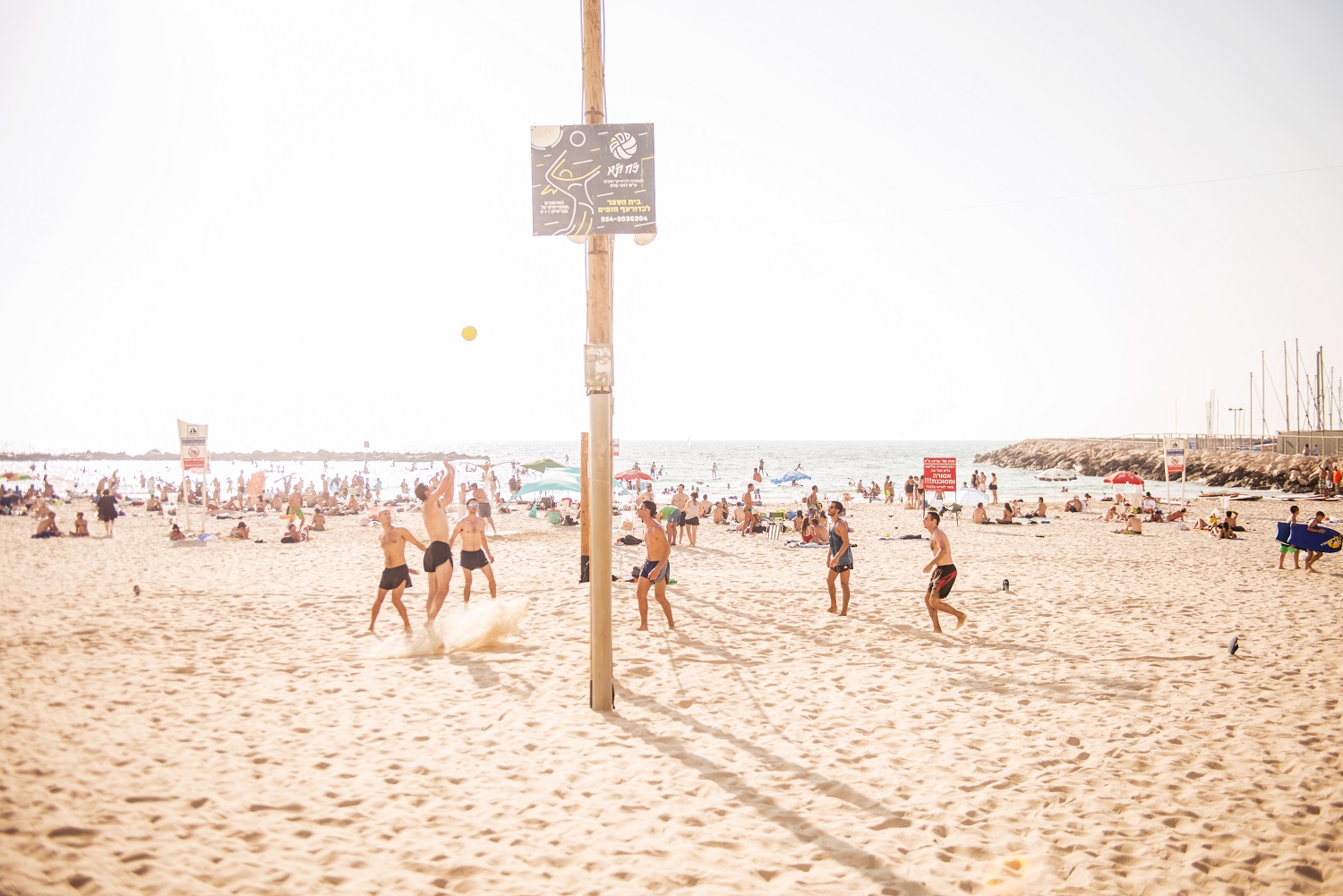
In Attitude’s February issue featuring Alex Landi and Bianca Del Rio on the cover – which is out now – we are also giving away a FREE 68-page travel guide 101 Things We Love About New York City, supported by nycgo.com (available with both print and digital editions).
Buy the February issue of Attitude now and take advantage of our best-ever subscription offers: 3 issues for £3 in print, 13 issues for £19.99 to download to any device.

